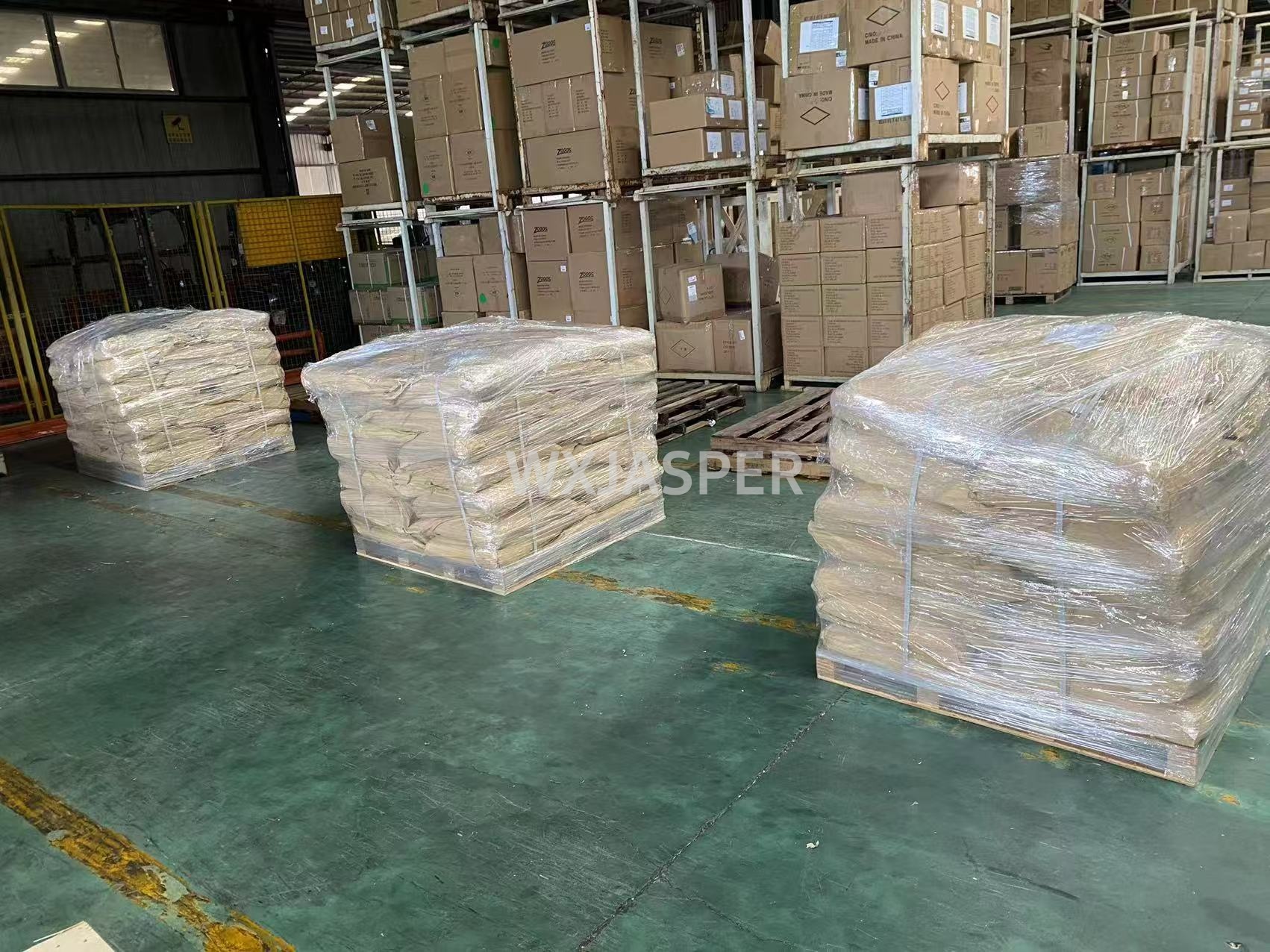Product Details
CasNo: 108-73-6
MF: C6H6O3
Appearance: powder
Delivery Time: 15 days
Packing: 25kg/bag
Purity: 99%
1. Basic Information
- CAS No.: 108-73-6 (anhydrous); 6099-90-7 (dihydrate)
- Molecular Formula: C6H6O3 (anhydrous); C6H10O5 (dihydrate)
- Molecular Weight: 126.11 (anhydrous); 162.14 (dihydrate)
- Appearance: White or pale yellow crystalline powder
- Solubility: Slightly soluble in water; soluble in organic solvents such as ethanol, ether, and benzene
- Relative Density: 1.46 (relative to water, water = 1)
2. Physical and Chemical Properties
- Phloroglucinol sublimes and decomposes at its boiling point. It usually exists as a dihydrate (C6H6O3⋅2H2O) and is soluble in alkaline solutions.
- Chemically stable under normal conditions, but flammable when exposed to open flames or high heat. It releases toxic gases when decomposed by high temperatures and may react with strong oxidants.
3. Applications
3.1 Pharmaceutical Industry
Phloroglucinol is a muscle-specific spasmolytic that belongs to the non-atropine, non-papaverine class. It is mainly used for relieving acute spasmodic pain caused by the following conditions:
- Functional or organic disorders of the digestive system and biliary tract (e.g., biliary colic, intestinal spasm).
- Acute spasmodic pain of the urinary system (e.g., ureteral colic, bladder spasm, renal colic).
- Gynecological spasmodic pain (e.g., dysmenorrhea, uterine spasm).
- As recommended in the Expert Consensus on the Standardized Use of Antispasmodic and Analgesic Drugs for Acute Abdominal Pain in Chinese Adults (2021 Version), phloroglucinol injection is applicable to various types of acute abdominal pain, including inflammatory, obstructive, perforative, vascular, and functional abdominal pain.
3.2 Chemical Analysis
- Used for the detection of vanillin and lignin; determination of furfural and pentosan.
- Serves as a reagent for the identification of antimony, arsenic, cerium, chromate, chromium, gold, iron, mercury, and nitrite.
3.3 Other Uses
- In plant histology: Phloroglucinol is widely used for staining plant vascular bundles. After staining, the inner xylem turns red, and the outer phloem turns green, facilitating the observation of vascular structure under a microscope.
4. Safety Information
4.1 Toxicity
- Acute Toxicity: Acute poisoning may cause vomiting, hypothermia, weakness, ataxia, cyanosis, coma, asphyxia, and even death.
- Chronic Toxicity: Long-term exposure can lead to anemia, jaundice, etc.
- Skin Sensitization: It is a skin sensitizer and may cause eczema in sensitive individuals.
4.2 Fire and Explosion Hazards
- Combustible substance; toxic and sensitizing. Its powder may form combustible mixtures with air under certain conditions; avoid contact with ignition sources (e.g., open flames, high-temperature surfaces).
5. Packaging and Storage
5.1 Packaging
- Pharmaceutical Grade (e.g., raw material for injections): Typically packaged in amber glass bottles (1kg/bottle or 5kg/bottle) with inner polytetrafluoroethylene (PTFE) gaskets to prevent moisture absorption, oxidation, and light-induced degradation. The outer layer is protected by a carton with shock-absorbing fillers (e.g., foam).
- Industrial/Analytical Grade: Uses sealed polyethylene (PE) bags (250g/bag or 500g/bag) as inner packaging, with outer packaging of fiber drums (25kg/drum) or kraft paper bags (10kg/bag) to ensure moisture resistance and prevent powder leakage.
5.2 Storage
- Store in a cool, well-ventilated warehouse; keep away from ignition sources and heat (ambient temperature should not exceed 30℃).
- Avoid direct sunlight (especially for pharmaceutical grade, as light may cause discoloration and purity decline).
- Store separately from oxidants, acids, and food chemicals; do not mix storage to prevent chemical reactions or cross-contamination.
- The storage area should be equipped with appropriate leak-handling materials (e.g., absorbent cotton, neutralizing agents) and first-aid supplies (e.g., skin cleansers, eye wash solution).


